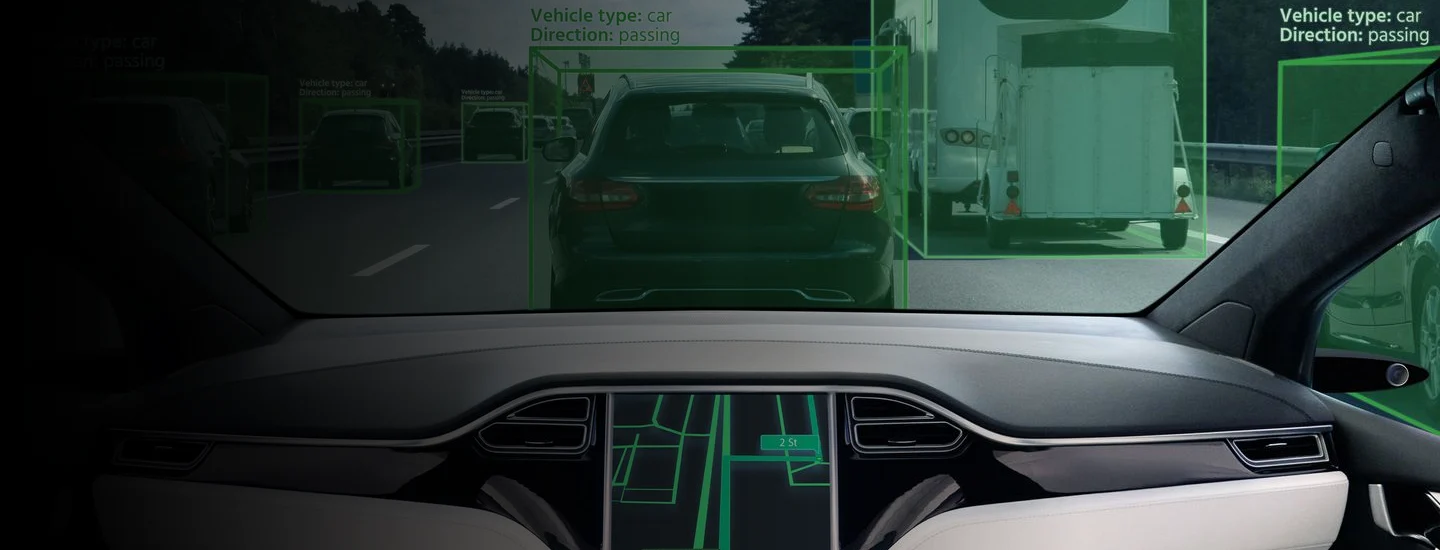Everyone wants to know when and how artificial intelligence will make a big difference in our lives. This interest was apparent at the busiest exhibits at CES (formerly Consumer Electronics Show), where crowds stood on tiptoe to watch humanoid robots. However, the robots only stacked boxes or showed they could walk when shoved. Like the robots, new products showcased at CES largely showed individual steps forward but no coherent direction.
Are we reaching peak AI hype? Conversations indicated some AI fatigue, and a realization that simply slapping “AI” on the arm of an autonomous excavator doesn’t make it smarter. But reaching peak hype might be a natural growing pain just before practical business cases become real.
Observations:
- Electrification is making progress in the marketplace, but CES exhibitors emphasized hydrogen power. For instance, Hyundai showed an impressively complete vision for urban mobility, with hydrogen-powered autonomous vehicles and robots.
- Autonomous-vehicle offerings were very light compared to previous shows. Advanced driver assistance systems (ADAS) remain a key focus. However, software-defined vehicle (SDV) technology was prevalent. Existing SDV companies, new start-ups, and Tier-1 automotive suppliers showcased personalization use cases and collaborative software development tools. AlixPartners’ newly released study found the SDV transition will require tight partnership across tech firms, automotive suppliers, and OEMs.
- Home and yard robots are becoming real, though expensive. We may be approaching a new 1950s with a renewed generation of appliances – though there are innovations that raises question. For instance, when a pool robot provider claims to have written a new computer operating system, it’s fair to assume they more likely created firmware baking logic into the robot’s silicon - a useful innovation compared to watching my pool robot spend an hour going back and forth over the same spot.
- Sensing and analyzing the human body took a surprisingly large amount of floor space. However, most used minimal actual AI.
- Korean businesses are innovating fast. In addition to Hyundai’s strong vision, companies including Doosan and SK showed well-integrated narratives linking what the parent company does now with investments in innovative ventures. For example, Doosan’s green energy message connected their current products with several innovations, including NuScale’s passively safe small modular reactor design that was recently approved by US nuclear regulators.
- Several innovative ventures brought answers in search of questions. For example, neuromorphic computer vision works like the human eye by only registering changes to pixels rather than a full image, whereas our brains integrate the whole picture. This means lower latency and more power-efficient computer vision. However, this approach requires wholly new software and hardware. At this point, applications for things like like autonomous driving, AR/VR headsets, and industrial controls may apply, but each are highly capital-intensive
One clear trend: performing AI in low power chips within devices so they can operate efficiently at the edge without connecting to cloud. We expect CES 2025 and 2026 to bring an explosion of these applications.




